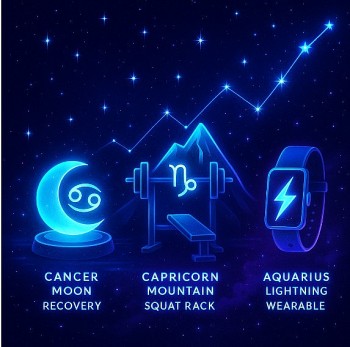What And Where is the Sixth Ocean on Earth?
| Table of Contents |
It appears that we are edging closer to Jules Verne's concept of an ocean within the Earth. Indeed, you heard correctly. It is widely known that a significant portion of the Earth's surface is covered by water, with the majority of it found in the five oceans.
A recent international study has made a groundbreaking discovery - water has been found deep within the Earth's interior.
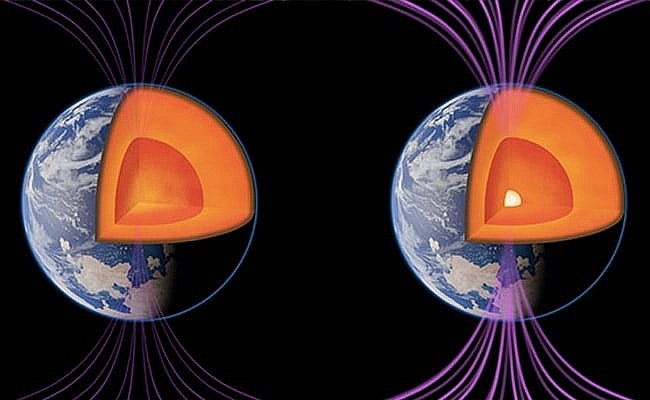 |
| What Is The Sixth Ocean In The World? Photo NDTV |
How many oceans are there on Earth’s surface?
Throughout our education, we have extensively studied and gained knowledge about the world's oceans.
From a young age, we were taught that the Earth is home to five major oceans: the Atlantic, Pacific, Indian, Arctic, and Southern Oceans. However, recent research suggests that it may be necessary to revise the information in our textbooks.
| ♦ The Pacific Ocean is the largest ocean covering more than 30% of the Earth. This is close to half of the water on Earth. ♦ The Atlantic Ocean is situated between the Americas and European/African continents. The Atlantic Ocean is the second-largest and saltiest ocean in the world. ♦ The Indian Ocean is the third largest ocean surrounding a densely populated region. It contains an additional 20% of the water on Earth’s surface. ♦ The Southern Ocean is an extreme environment and is the least understood of the 5 oceans. This is because it is unexplored, far from populated areas, and has a severe climate. ♦ The Arctic Ocean is the world’s smallest and shallowest ocean of all 5 oceans. Further to this, it is the coldest and least salty ocean. |
What is the sixth ocean? Where is it located?
A group of scientists from around the world has recently discovered compelling evidence of substantial water existing between the Earth's upper and lower mantle.
Based on a global study, researchers have made a remarkable finding: a massive body of water that is three times larger than the combined volume of all the oceans on Earth's surface. Interestingly, this water was discovered in the transition zones between the upper and lower mantle of the Earth, rather than on the planet's surface.
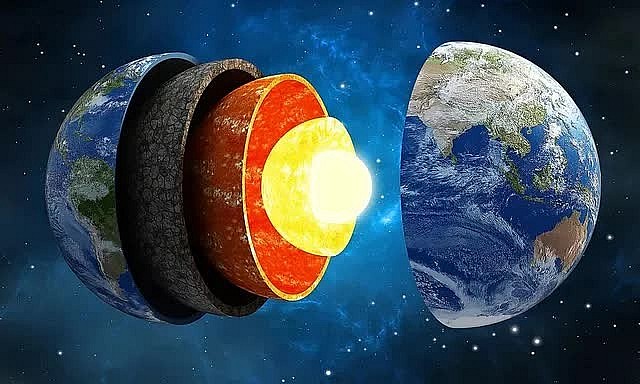 |
| The transition zone between the upper (brown) and lower (orange) mantle of the Earth is thought to contain a significant amount of water, bound in the rock. Photo Worldatlas |
| According to Professor Frank Brenker from the Institute of Geosciences at Goethe University in Frankfurt, Germany, the mineral transformations have a significant impact on the movement of rocks in the mantle. As an expert in the field, I can provide you with an interesting example. Mantle plumes, which refer to the upward movement of exceptionally hot rock within the mantle, have been observed to occasionally halt just below the transition zone.The flow of mass in the opposite direction also ceases. Understanding the significance of subduction zones can pose challenges when it comes to disrupting the entire transition zone. There is a vast collection of these subslates in the region beneath Europe. |
However, until now it was not known what the long-term effects of “sucking” material into the transition zone on its geochemical composition and whether larger amounts of water would exist there.
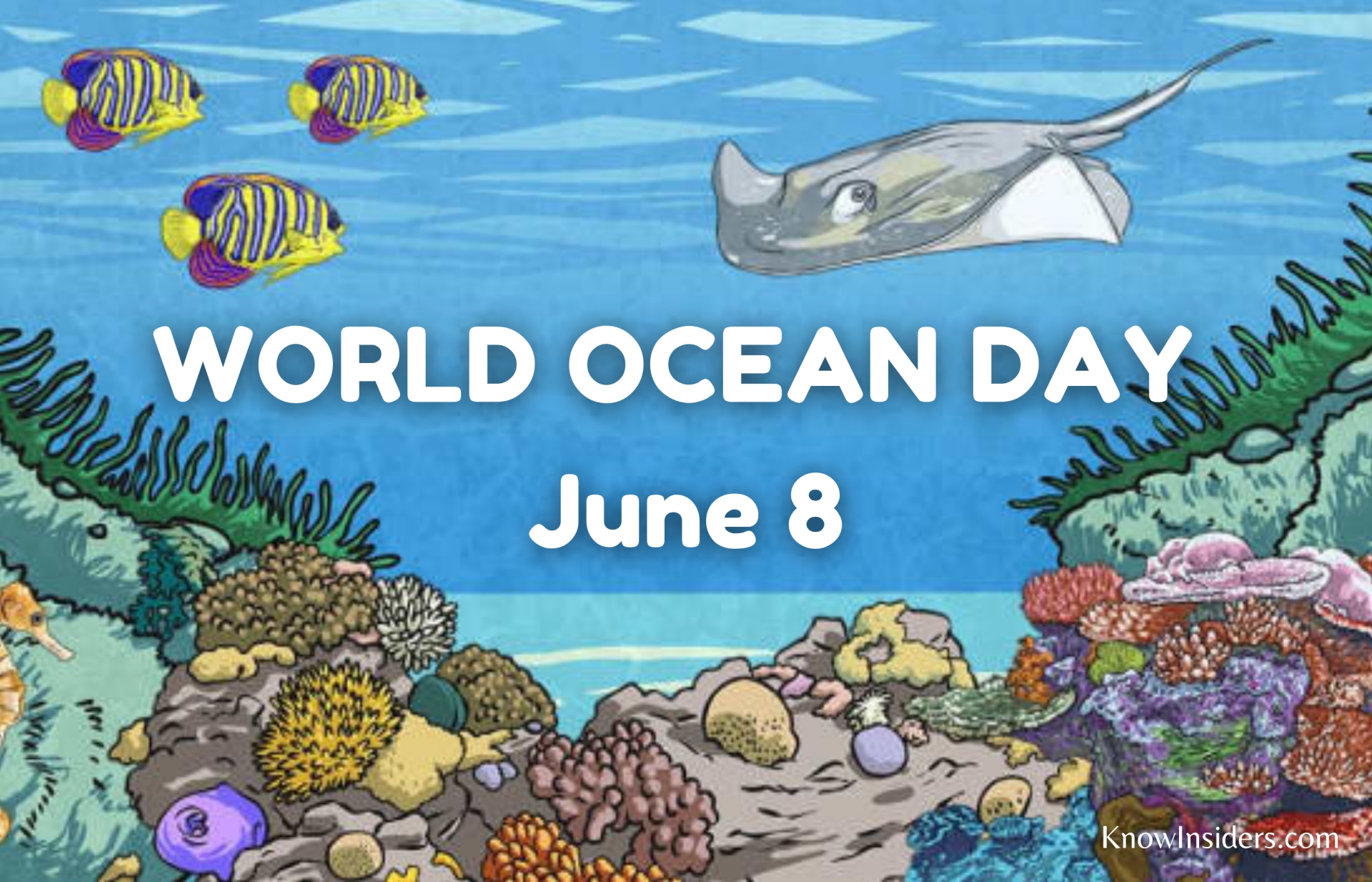 World Oceans Day: Great Quotes, History, Significanc and Theme World Oceans Day: Great Quotes, History, Significanc and Theme World Oceans Day is celebrated on 8 June every year to empower people of all ages to become leaders of their own and stop polluting ... |
How was the sixth ocean found?
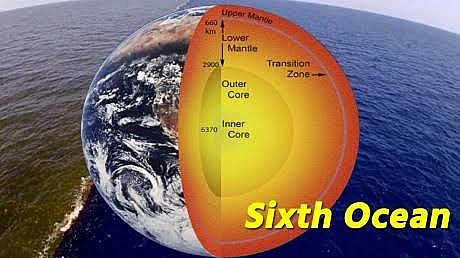 |
| Photo annworld |
A recent international study, in which the Frankfurt geoscientist participated, has finally provided the answer.
While examining a unique diamond formed deep within the Earth, researchers uncovered evidence of a previously unknown ocean. This discovery has provided evidence for a longstanding hypothesis that suggests the presence of ocean water within subducting slabs, leading to its entry into the transition zone. Subduction is a fascinating geological process where the oceanic lithosphere of one tectonic plate meets the less dense lithosphere of another plate. In this process, the denser plate gracefully descends beneath the second plate and sinks into the mantle.
In addition, the research group successfully identified the chemical composition of the stone. The composition closely resembled that of mantle rock fragments commonly discovered in basalts across the globe. This indicated that the diamond originated from a typical section of the Earth's mantle.
How was the diamond formed?
Diamonds are typically created in the Earth's mantle, usually at depths ranging from 150 to 250 kilometers. However, there are some instances where diamonds can originate from even greater depths.
The water, however, does not splash around like on the surface of the earth but is trapped within the minerals there, resulting in a very damp region.
The inclusions found within the 1.5 centimeter diamond were of significant size, enabling the accurate determination of its chemical composition. The team has confirmed that the transition zone is not devoid of moisture, but rather contains significant amounts of water. This discovery brings us closer to the concept of an underground ocean, reminiscent of Jules Verne's imagination.
The impurities in the 1.5 cm diamond are of significant size, enabling accurate determination of its chemical composition. In this study, we showed that the transition region is not devoid of moisture, but rather lacks significant moisture. There is a sizable amount of water here, which brings us closer to the idea of an ocean within the Earth that French author Jules Verne proposed. There is a notable distinction - instead of an expanse of liquid water, what lies beneath is rock that contains water. - Professor Brenker shared.
The team highlights the significant impact of the transition zone's abundant water content on the Earth's internal dynamics. They caution that breaching this zone could trigger a widespread movement in the Earth's crust.
| As per Brenker's findings, slabs that are being subducted also carry deep-sea sediments along with them into the Earth's interior. Significant quantities of carbon dioxide and water can be stored within these sediments. However, the precise amount of water that entered the transition zone in the form of stable, hydrous minerals and carbonates remained uncertain until now. This made it challenging to ascertain the presence of substantial water storage. In addition, the present situation would certainly provide evidence for this. Wadsleyite and ringwoodite are minerals with high density that have the unique ability to retain significant amounts of water, unlike olivine found at shallower depths. Interestingly, the transition zone has the remarkable ability to store an immense amount of water, potentially surpassing the capacity of our oceans by sixfold. |
What we haven’t known about the oceans
The ocean cover 70% of the surface of our planet
The ocean is an immense expanse of salt water that envelops approximately 71 percent of the Earth's surface. The planet is home to a single global ocean, which has been divided into separate geographic regions by oceanographers and nations worldwide. These regions include the Pacific, Atlantic, Indian, and Arctic oceans.
Despite the vastness of our planet's oceans, a mere fraction of them is visible to the human eye. Typically, our view is limited to the water at the surface, leaving the vast majority - about 80 percent - hidden beneath.
The ocean is home to 94% of all life on Earth
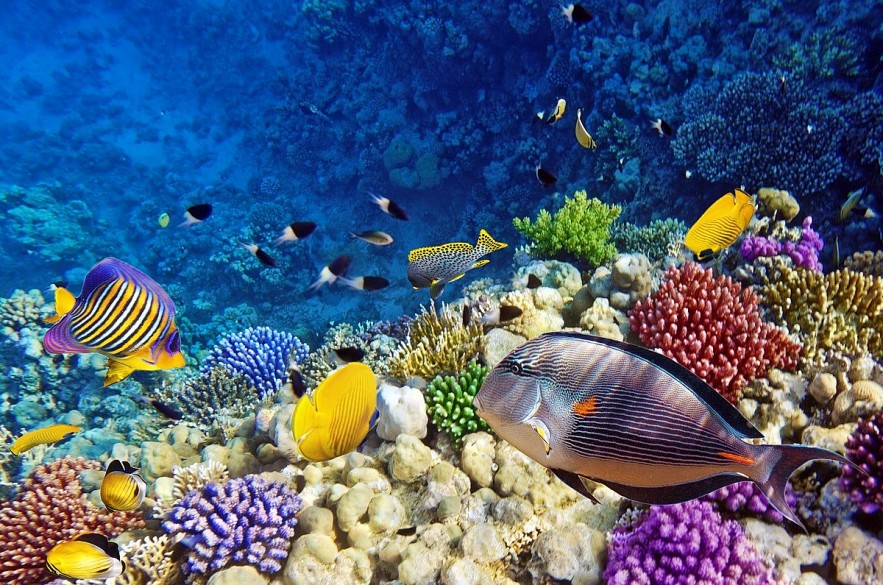 |
| Photo best life online |
It's fascinating to think about how the vast majority of life on Earth resides in our oceans, which span over 70 percent of the planet's surface. Scientists have estimated that there are approximately one million animal species residing in the ocean. However, the majority of them, specifically 95 percent, consist of invertebrates. These are animals that lack a backbone, such as jellyfish and shrimp. It is fascinating to note that the bristlemouth, a small ocean fish that emits a mesmerizing glow in the dark, holds the distinction of being the most prevalent vertebrate species on our planet.
The ocean is teeming with tiny creatures, some of which are among the smallest animals found on our planet. Zooplankton, for instance, are marine creatures that are so tiny that they can only be observed under a microscope. However, the ocean is also inhabited by an incredible creature, the blue whale, which holds the title for being the largest animal to have ever existed on our planet. It reaches a length equivalent to that of two school buses!
Sharks have their own underwater "café"
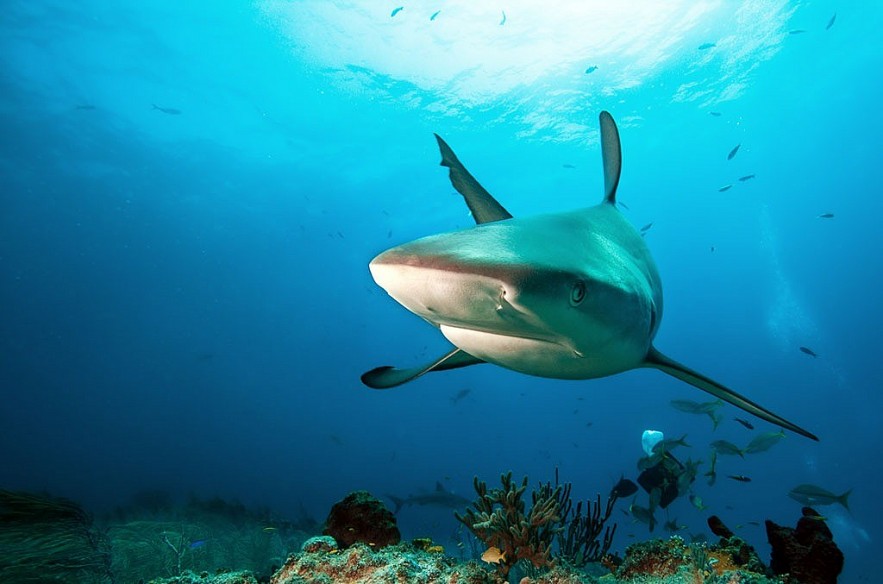 |
| Photo best life online |
It seems that other beings also require a break during the winter season. In 2002, researchers made a fascinating discovery in a secluded region of the Pacific Ocean, situated between Baja California and Hawaii. They found that during the winter, great white sharks, which are usually found near the coast, migrate to this area. Scientists have given the spot the name White Shark Café, where certain sharks tend to linger for extended periods before returning to the coast in search of warmer weather.
Water at the bottom of the ocean is incredibly hot
At the depths of the ocean, the water temperature can drop to a chilly 2º to 4º Celsius, except for the water that emerges from hydrothermal vents on the seafloor. The water released from these vents can reach temperatures as high as 400º Celsius (750º Fahrenheit). The incredible pressure found at these depths is what prevents the water from boiling, despite the extreme conditions that would normally cause it to do so.
There's enough gold in the ocean for each of us to have nine pounds of it!
It is estimated that there is approximately 20 million tons of gold scattered throughout the world's oceans. However, it is significantly diluted to a point where its concentration is extremely low, measuring only a few parts per trillion, as reported by the National Ocean Service.
There is gold embedded in the ocean floor, but mining it is not economically viable. Nevertheless, if the distribution of the ocean's gold were to be divided evenly among all individuals on our planet, each person would be entitled to a generous nine-pound share.
 World Oceans Day: Great Quotes, History, Significanc and Theme World Oceans Day: Great Quotes, History, Significanc and Theme World Oceans Day is celebrated on 8 June every year to empower people of all ages to become leaders of their own and stop polluting ... |
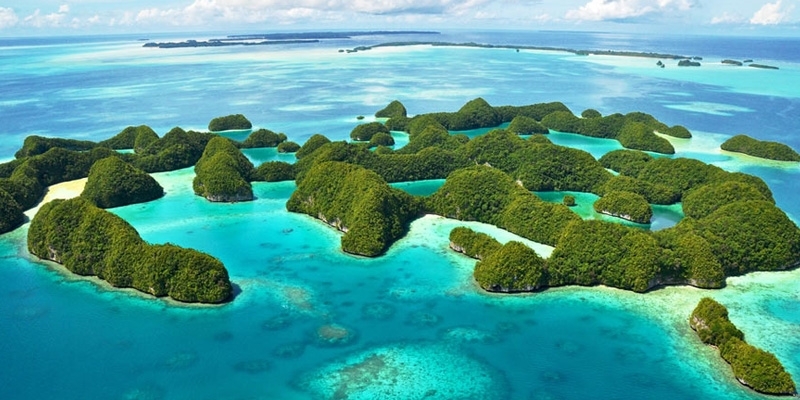 How Many Countries Are There In Oceania? How Many Countries Are There In Oceania? Do you know how many countries the Oceania has? What are the names of the countries? |
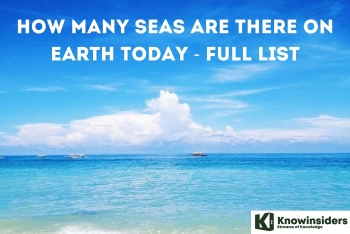 How Many Seas Are There on Earth Today: Full List, Top Largest and Smallest Seas How Many Seas Are There on Earth Today: Full List, Top Largest and Smallest Seas This article provides a list of seas of the World Ocean, including marginal seas, areas of water, various gulfs, bights, bays, and straits. |























